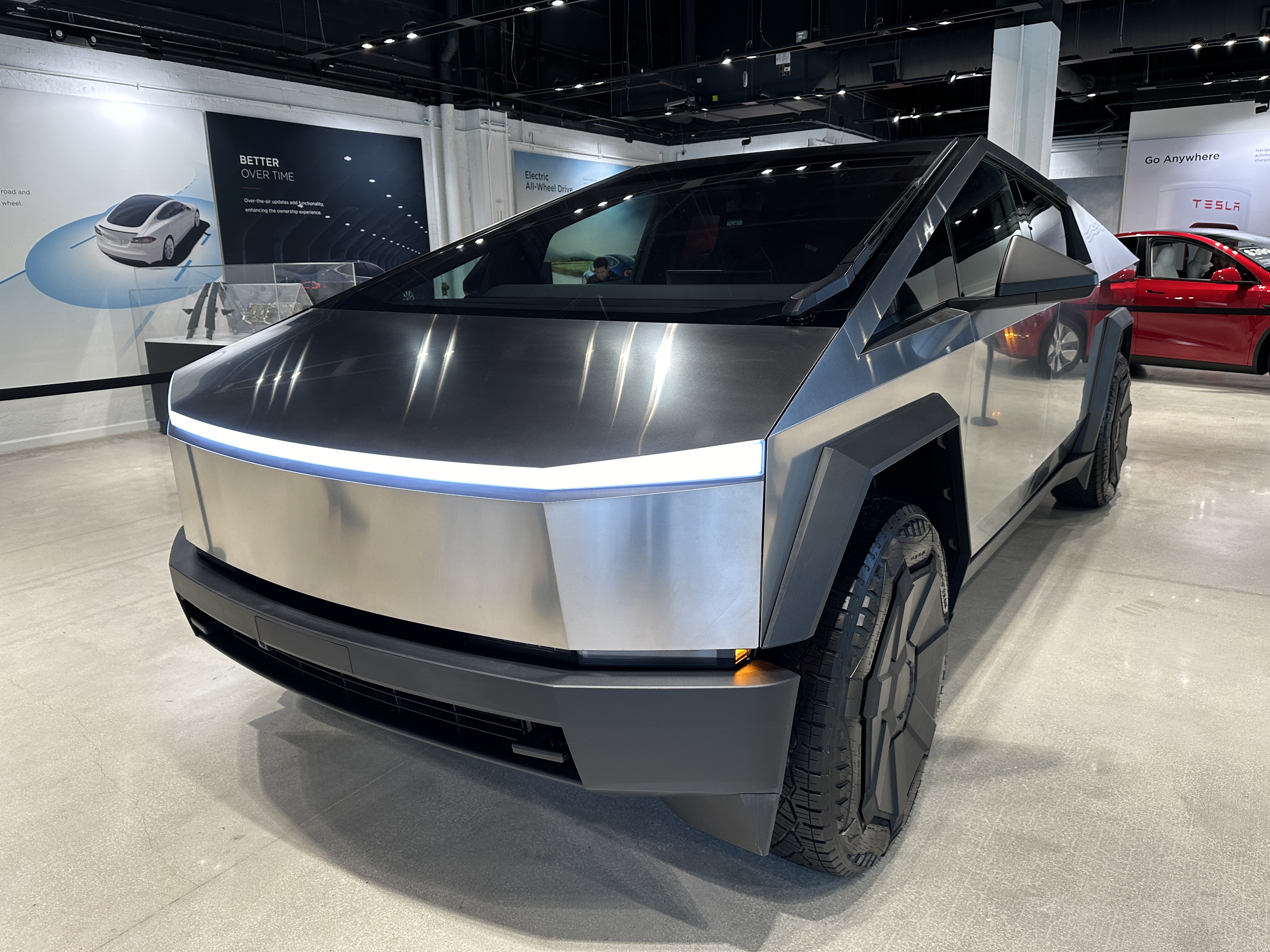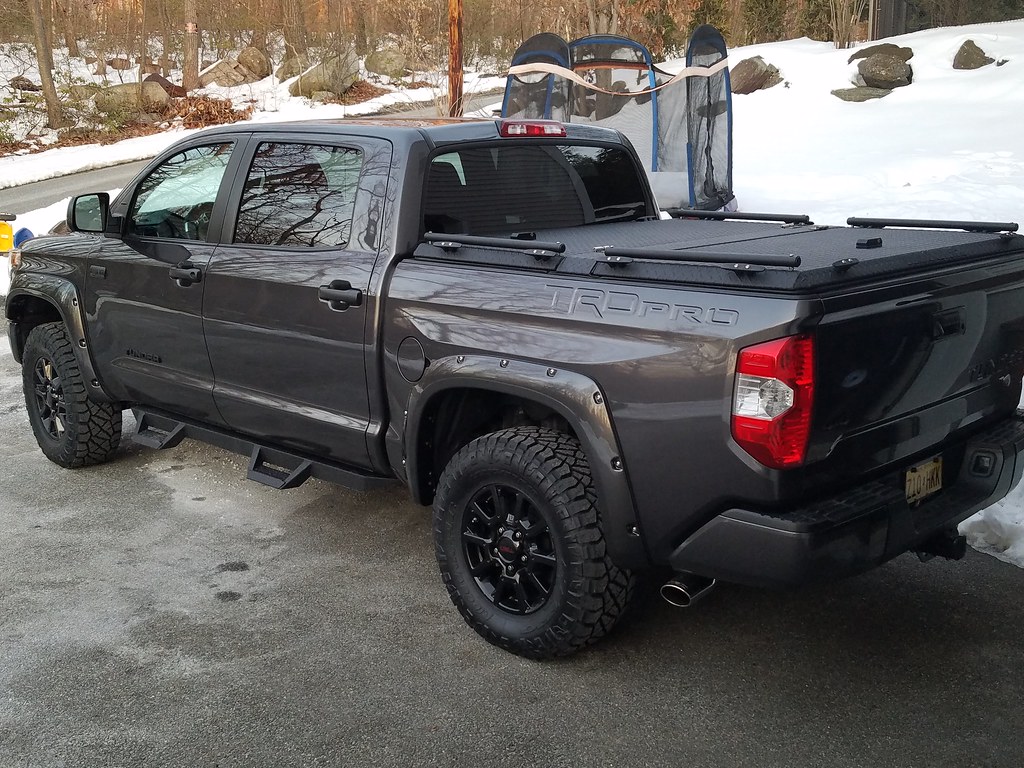The Tesla Cybertruck has sparked intense debate since its launch, boasting a futuristic design and promising capabilities far beyond any truck to date. However, as is often the case with vehicles of this type, the devil is in the details, and for outdoor enthusiasts, those details are the suspension system. We delve deeper into the Cybertruck’s suspension, exploring how it can be an off-road machine and comparing it to competitors.
A Brief look at Cybertruck’s Suspension Framework
Tesla’s Cybertruck is poised to redefine the role of electric vehicles in the off-road segment. With its robust design and innovative features, it has captured the attention of both EV enthusiasts and off-road adventurers. One of the most talked-about aspects of the Cybertruck is its suspension system, which promises to deliver both high performance and versatility.
As per an individual from the Tesla people group, known as SentinelOne, the Cybertruck highlights a “Rock Mode” which “firmly oversees tire slip to boost hold in rock creep conditions and sets the Favored Ride Level to Exceptionally High.” This mode pneumatically interfaces the unveils to the front and back axles, expanding suspension verbalization for greatest footing. Notwithstanding, there are worries that this framework might be uninvolved, which might actually restrict its viability in sure rough terrain situations.
Air Suspension Abilities
The Cybertruck’s air suspension framework is intended to change the ride level, giving the essential leeway to different rough terrain conditions. Be that as it may, as another part, JBee, brings up, a higher airbag suspension setting could result in the airbags being more diligently to pack, which could influence the vehicle’s capacity to keep up with freedom while guaranteeing soundness on lopsided territory. A functioning framework that changes tension between airbags in view of enunciation necessities could offer an answer, yet it is not yet clear assuming Tesla has carried out such a component.

Stabilizer Bars and Suspension Firmness
The discussion also highlights the importance of stabilizer bars and their potential impact on suspension stability. A distinctive feature for these bars could enhance the Cybertruck’s off-road capabilities by allowing greater wheel articulation without compromising stability. This feature is not a significant cost item and is already present in competitors like the Rivian, suggesting it could be a valuable addition to the Cybertruck as well.
Benchmarking Against Customary Wilderness rompers
Beyond the Cybertruck, it’s essential to understand the broader context of off-road vehicle design. Traditional off-road vehicles like the Jeep Wrangler have set the benchmark with their solid axles and rugged suspension systems. However, the shift towards electric vehicles is leading to a new paradigm where independent suspension and air springs are becoming the norm due to packaging, efficiency, and unsprung weight considerations.
Notwithstanding the headways in suspension innovation, there are still difficulties to survive. Verbalization, footing, and math are three basic factors that can represent the deciding moment a rough terrain vehicle’s exhibition. The Cybertruck, with its autonomous suspension, may offer ground leeway benefits, yet it could likewise confront restrictions in explanation contrasted with strong pivot vehicles. Footing control frameworks should be profoundly modern to make up for the diminished wheel travel and guarantee power is really appropriated to the wheels with grasp.
The Job of Vehicle Calculation
The geometry of a vehicle plays a crucial role in its off-road capabilities. Compact size, low weight, and short overhangs are ideal, yet the Cybertruck, as a pickup truck, may face inherent trade-offs. Pickup trucks, by design, have longer wheelbases and rear overhangs, which can hinder their ability to navigate challenging off-road terrain.

Awaiting Real-World Performance
The Cybertruck suspension system is quite promising, but there are a number of possible downsides. Of course, the real test will occur when this vehicle hits real-world off-roadbeds. Then we shall see whether the Cybertruck can back up all the hype and promises Tesla brought—along with a very zealous fan base. Until then, we could only speculate and wish that Tesla indeed engineered a suspension system that will grant the off-road prowess this kind of adventurer is after.
Off-Road Evolution
This is where off-roading meets at the intersection of technology and raw capability, where often the simplest solution emerges as the best one. As we know, things are constantly in flux in the automotive world—with the electric revolution, in particular—the way we design off-road vehicles must change too. The Tesla Cybertruck is part of this evolution, and its successes or failures in this arena will set the foundation for electric off-roaders moving forward.
Off-road credibility won’t matter if it’s shrouded in hype or arrives with some innovative design. It will be tested by the rough, unforgiving terrain that off-road enthusiasts love. Tesla has voluntarily taken on this challenge, and the off-road community is eager to see how it plays out.
Related posts:
CyberBeast Cybertruck Suspension Deep Dive and RTI Test | Car and Driver
The Tesla Cybertruck Is Not Going To Be ‘The Best Off
Cybertruck




